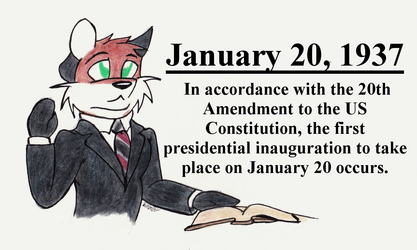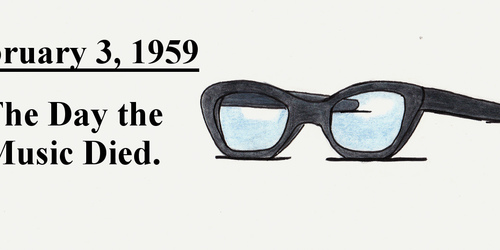Sign In
CloseOn January 27, 1939, the Lockheed XP-38 (experimental prototype of the P-38 Lightning) takes its maiden flight. Though the XP-38 was short-lived (it was downed and subsequently wrecked by carburetor icing near the end of a speed-record setting flight from California to New York that February), the aircraft did draw the attention of the United States Army Air Corps (USAAC) and further prototypes and eventually full production models were ordered. The twin-engine, single-seat fighter would go on to great success in the hands of US Army pilots throughout the course of World War II in multiple roles including fighter, night fighter, fighter-bomber, pathfinder, and photo reconnaissance aircraft. The Lightning was also the aircraft of choice for the American aces of aces Major Richard Bong and the second highest scoring American ace Major Thomas McGuire, scoring 40 and 38 kills respectively. After the war, the type saw limited use with the US Army and later US Air Force due to the coming jet age and the Lightning was retired from American service in 1949; however, the aircraft did see service with other nations such as Italy and Honduras, the Central Intelligence Agency's "Liberation Air Force" during the 1954 Guatemalan coup d'etat, as well as with civilian operators as air racers and aerial surveying aircraft.
Perhaps the most famous moment in the Lightning's service history was its role in the interception of Admiral Isoruku Yamamoto, the man responsible for planning the Japanese attack on Pearl Harbor. After a message telling of Yamamoto's planned route near Bougainville was intercepted and decoded by the Americans, a flight of 16 P-38Gs were deployed from Guadalcanal to intercept. They intercepted Yamamoto's flight consisting of two G4M Betty transports and 6 A6M Zero fighters and down both Bettys and two Zeros for the loss one Lightning. Yamamoto was killed in the action.
Though more than 10,000 Lightnings of various types were manufactured, fewer than a dozen remain in airworthy condition today. Many of them were destroyed and/or scrapped by the US government at the end of World War II.
Submission Information
- Views:
- 510
- Comments:
- 0
- Favorites:
- 2
- Rating:
- General
- Category:
- Visual / Traditional




